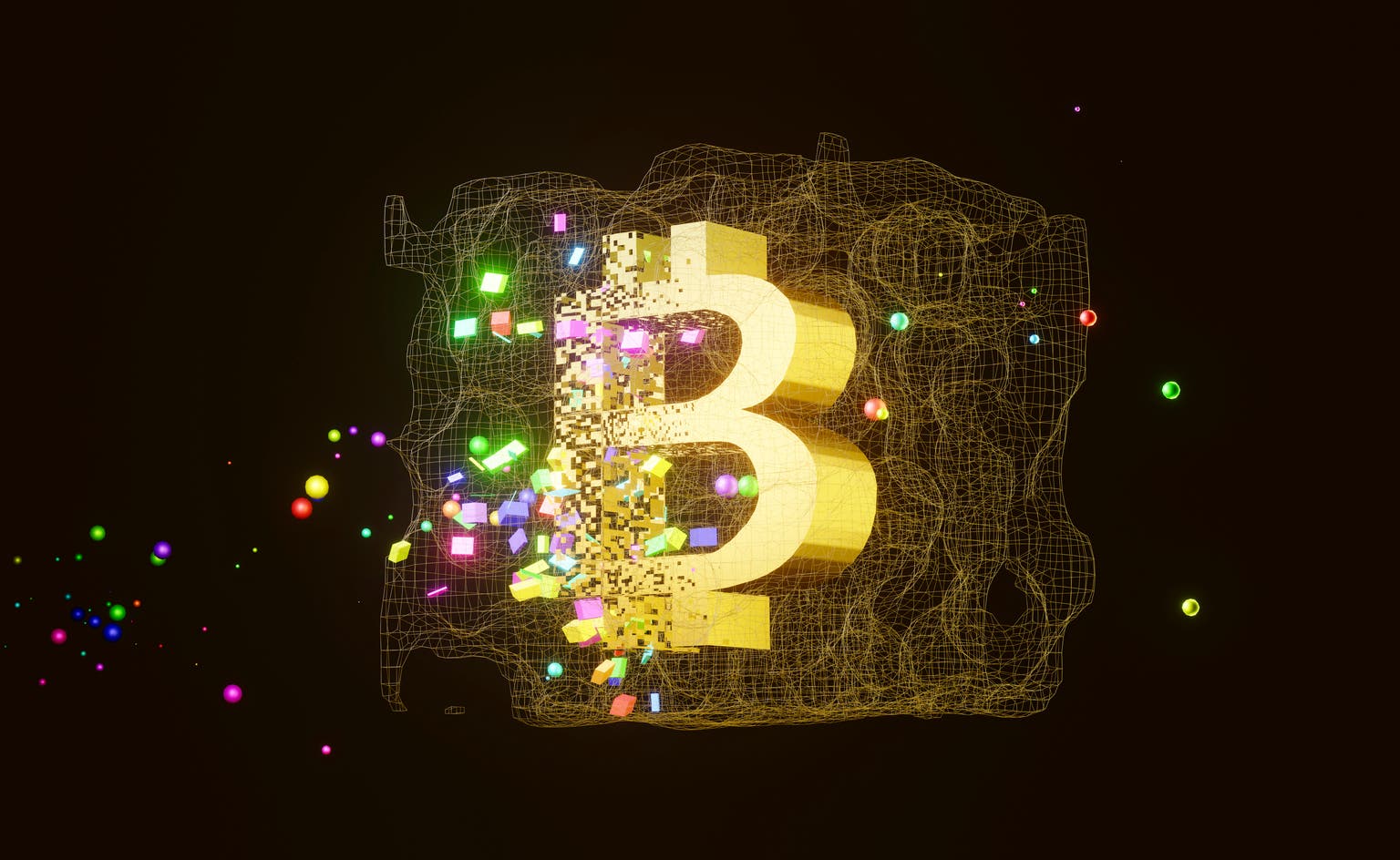Markets love a juicy narrative, and "crypto bubble 2.0" is certainly juicy. Bitcoin (BTC 0.93%) sits near $117,000, only a whisker from its all-time high set July 10, while big altcoins, such as Solana (SOL 2.16%), Ethereum (ETH 1.94%), and XRP (XRP 2.25%), have doubled or better since mid-2023. Yet bubble talk is cheap. History punishes investors who sell first and ask questions later, so it pays to look under the hood before slapping the B-word on today's rally.
Let's unpack why prices are higher, why the mood is nothing like the euphoria of 2021, and what that means for long-term investors. If you pay careful attention here, it just might save you from timing mistakes that haunt your portfolio for years.

Image source: Getty Images.
Fundamentals are in line with pricing
A bubble, by definition, is a price divorced from fundamentals. That diagnosis is tricky in crypto because fundamentals evolve fast, but a few data points stand out.
First, demand in the sector is now predominantly institutional, not retail. U.S. spot Bitcoin exchange-traded funds (ETFs) have sucked in roughly $50 billion since launching 18 months ago. Those coins are locked away in cold storage for a steady trickle of staking fee income, which is hardly the stuff of manic speculation.
Second, the macro backdrop is set to improve rather than worsen. The Federal Reserve held its benchmark interest rate steady in June but penciled in two cuts before the end of the year, with potentially more to follow in 2026. Looser monetary policy historically expands the money supply and the risk appetite, which is exactly what happened during the last big crypto bubble in 2021. If cuts arrive on schedule, crypto could enjoy a liquidity tailwind that was absent during 2022's wipeout.
Third, utility on leading chains is finally visible, which is to say there's a concrete reason to buy the native tokens of those chains. Solana's weekly network fees and its application revenue are surging to new highs -- people are using its decentralized finance (DeFi) applications, and platform operators are generating money as a result.
XRP's ledger, meanwhile, is onboarding tokenized U.S. Treasuries and bank-friendly compliance tools, making it a more attractive home for institutional capital. That fee and transaction revenue is small in absolute terms, but it proves that these coins are being bought to pave the way for real workloads, not just speculation.
Separately from the above, one thing that people tend to be curious about is how meme coins fit into the picture. Yes, meme coins exist, and they still spike to silly valuations of $1 billion or more. However, the entire meme coin cohort is currently valued at only $64.1 billion, just a smidgen of crypto's $3.7 trillion total market capitalization.
And it isn't as though new meme stars are emerging every day in a way that captures attention outside of the limited circles of crypto insiders.
Classic bubble signals aren't even present
When the market is at its euphoric peaks, there are many tell-tale signs, ranging from soaring retail inflows to sky-high use of leverage and nearly incessant dinner table chatter from people who don't usually invest. None of those are flashing red today.
Start with sentiment. The Crypto Fear & Greed Index, offered by CoinMarketCap, reads 67 ("greed"), well below the 90-plus extremes logged in early 2021 and late 2024. Greed is in control at this moment, yes, but it's hardly mania by historical standards.
Web search interest tells a similar story. Searches for "Bitcoin" remain near six-month lows even as its price grinds higher, indicating that newcomers are not piling in en masse. Other signals, like the app store ranking of crypto wallet and trading apps, also look ice cold.
On-chain data is equally sober. Glassnode, a crypto data provider, calculates that a "super majority" of holders sit on unrealized profits after Bitcoin's rebound past $107,000. This implies that there could be some profit-taking in store, but also that almost nobody is under pressure to sell.
Furthermore, leverage in derivatives markets sits well below 2021 peaks. The odds of a liquidation spiral sending the price downward are low.
Could sentiment overheat relatively soon? Absolutely.
The macroeconomic tailwinds look quite favorable for the entire crypto sector right now, as does government policy, and as does monetary policy in the near term. And with institutional capital piling in, a lot could happen to ignite super-positive sentiment as soon as this fall.
But for now, no crypto traders are flashing their newly purchased Lamborghinis on social media. Nor are the valuations of most of the crypto majors overextended compared to 2021. So, don't get scared out of the market by talk of a bubble.
In sum, the data indicates that we are in a warm but far from overheated market. Keep an eye on the key indicators so that you will be ahead of the game if they start to signal too much froth.
Alex Carchidi has positions in Bitcoin, Ethereum, and Solana. The Motley Fool has positions in and recommends Bitcoin, Ethereum, Solana, and XRP. The Motley Fool has a disclosure policy.



:max_bytes(150000):strip_icc()/GettyImages-1479623680-87897f0375c44bee8b1279d9607f3f15.jpg)




 English (US) ·
English (US) ·